Mornings
On a typical day on the mountain, you will be awakened from your tent around 6:30 AM by a staff member. Hot drinks will be available in the mess tent at this time while breakfast will be served around 7:00 AM. Before eating breakfast, you should pack your day pack and duffel bag and bring them outside of the tent so the porters can take down the tent.
Meals are served in a mess tent or occasionally outdoors if the weather is nice – complete with chairs, tables, dinnerware and silverware. You usually begin walking around 8:00 AM, while the porters stay behind to clean up the campsite, and pack up the tents and other equipment. A health check will also be performed in the morning.
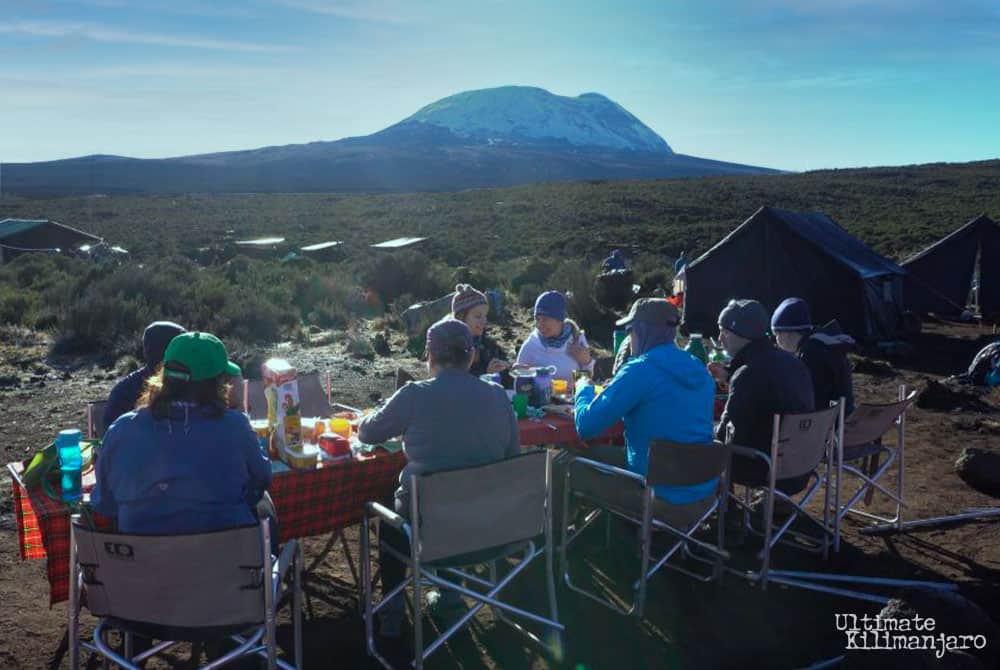
Day Hiking
While the hours vary from day to day, your average walking time will be around four to six hours per day. Shorter duration routes or days with acclimatization hikes will generally be longer. During the walk, your guide will decide the pace and when to take a break, usually once every hour.
Most days on the mountain are enjoyed at a leisurely pace.
Clients commonly express concern that they will be “too slow” and lag behind the guide and the rest of their group. This concern is unwarranted. Being slow is fine, and in fact, recommended. The guides set a pace that will give everyone the best chance to acclimatize to the increasing altitude. People who are turned around on the mountain typically do so because they have succumbed to altitude sickness, not because they were physically too tired to keep up or continue.
While you hike, the porters consistently move ahead of the group in order to prepare food, collect water, and set up tents so that everything is ready when the party arrives.
On some days, a hot lunch is served part way through your day’s trek. Other times, you eat lunch after arriving at the campsite.
Evenings
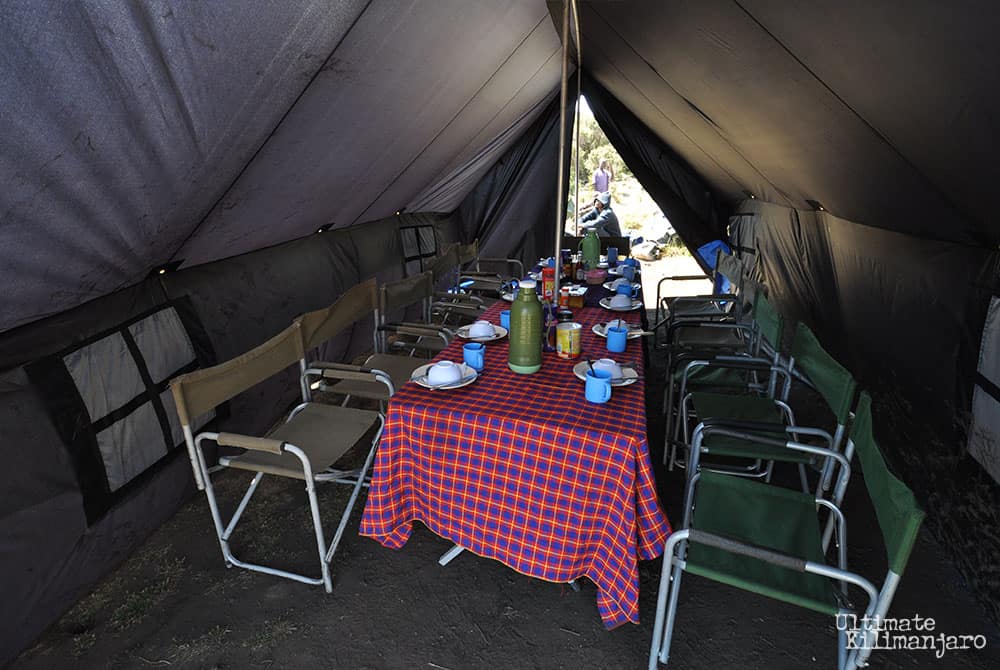
Once you arrive at the campsite, snacks are served. Then, dinner is served around 6:00 PM. Another health check is performed in the evening. The guide will discuss the next day’s events with the group after dinner. Down time is spent chatting with your fellow climbers, staff and others sharing the campsite, reading, or otherwise relaxing.
This is the routine for most days on the mountain and you’ll get the hang of it after a couple of days. We believe the schedule is pretty easy to follow and not very demanding. Of course, that’s our goal, because we want you to feel strong and well rested. It shouldn’t feel like work.
Summit Day Schedule
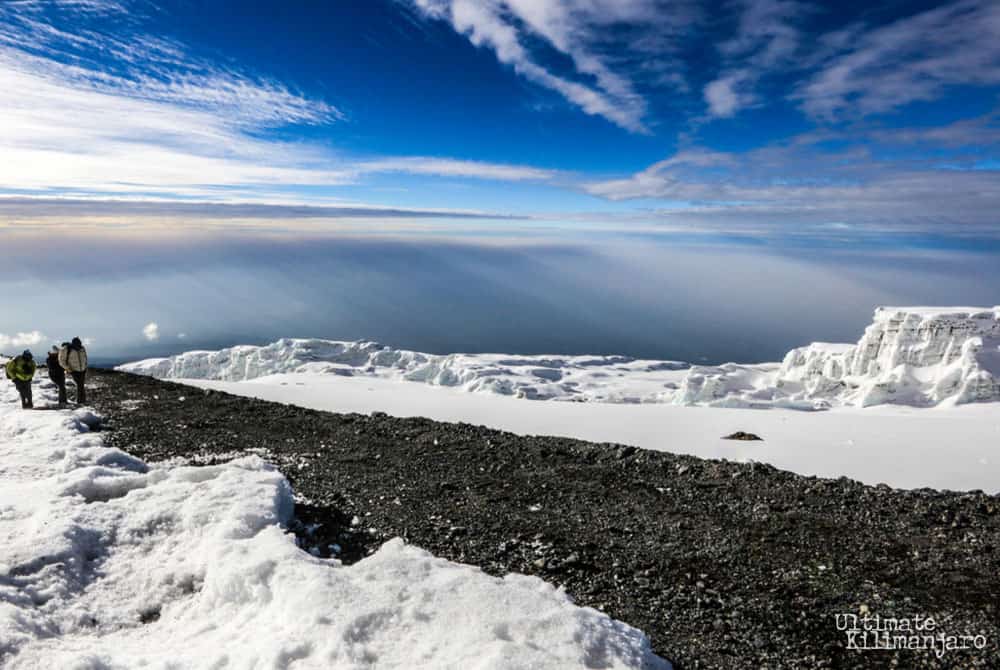
Summit day is a tough, 10 to 14 hour day.
This monumental effort is what makes climbing Kilimanjaro an achievement. It begins very early as guides try to time their trekking party to reach Uhuru Point at sunrise. Climbers go to sleep after an early dinner the night before and are awakened around midnight to prepare for the summit attempt. After a light snack or quick “breakfast”, climbers ascend in the darkness, cold and wind. It goes without saying that under these conditions, climbing is difficult, especially on loose rock and up a very steep slope. This is where your physical prowess and mental toughness will be tested.
Our team of Ultimate Kilimanjaro® guides will be with you every step of the way to assist you during your ascent. Short breaks, usually lasting less than ten minutes, will be taken along the way for a quick snack and drink. This is to make sure the climbers stay energized and hydrated but do not get cold by sitting still. The guides will regularly check to see how everyone is feeling and offer a hand to those who may need extra help.
Note that we also offer daytime summits for certain routes. The schedule for these route variations is similar to the typical daily hikes. Read more about daytime summits here.
Discontinuing the Climb
It is possible that someone may have to turn around on the mountain due to altitude sickness, exhaustion or a variety of other matters. Each group will have a lead guide, a number of assistant guides depending on the party size, and summit porters – all of whom are able to escort climbers down. Therefore, if a person cannot continue the ascent, one of the staff members will accompany this climber while the lead guide takes the group onward. The remaining party is unaffected and continues their climb as scheduled.
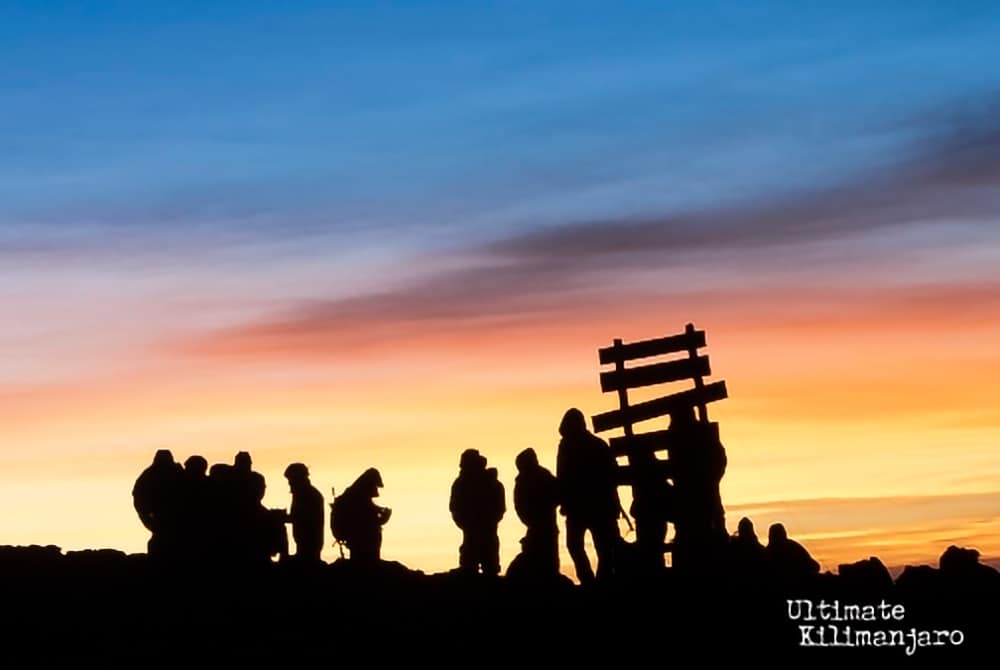
After the Summit
Once you reach the summit, some time is spent celebrating and taking photos, before returning to high camp, either Barafu or Kibo Hut. There, you eat lunch and regain your strength before continuing the descent to a much lower camp.
The long descent immediately after summiting is where most people get tired, due to the partial night’s sleep, the expenditure of energy required to reach the top, and the particularly long distance covered that day. This is completely normal. For those who may be feeling ill from the altitude, getting to this lower elevation can relieve symptoms often quickly and completely.
Altitude Acclimatization
There is a strong correlation between the amount of time spent on the mountain and the summit success rate. Because the human body adapts to high altitude slowly, the more time it has, the better the chances of acclimatization. A successful summit is usually a question of how well a climber can acclimatize to the high altitude, rather than the climber’s ability to ascend.
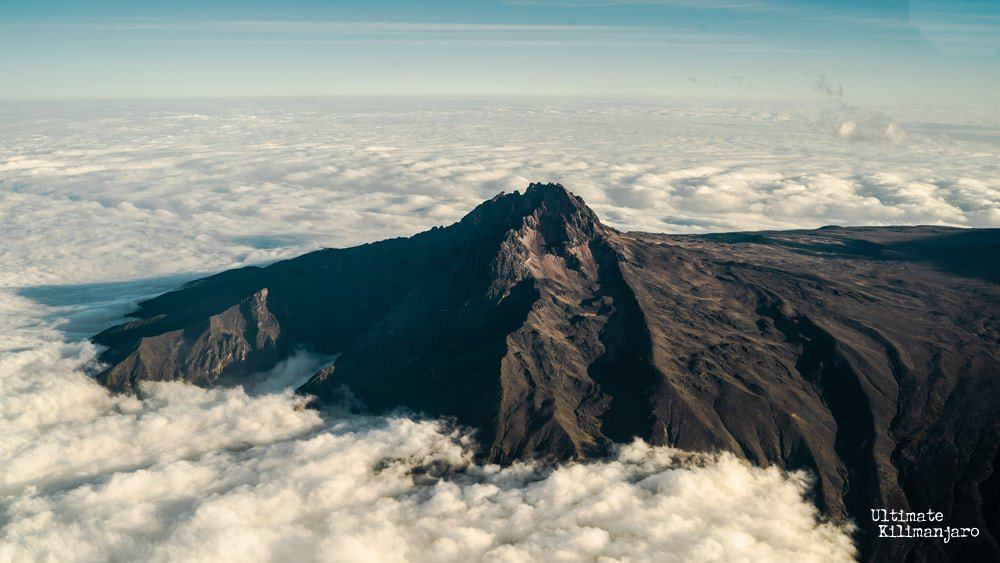
By trekking standards, most of the day hikes on Kilimanjaro are not very strenuous. The big exception to this is the summit attempt, which requires a tremendous effort and is hard for nearly everyone. Climbers who acclimatize well to the altitude have a great chance of making it to the top.
How one reacts to high altitude is uncertain. Some people’s bodies adjust well to the decreased oxygen levels; others do not. Being physically fit and in good health, although helpful, is no guarantee of your ability to acclimatize. Therefore the best advice we can give is to take 7 or more days on the mountain and to follow our acclimatization guidelines.



















































